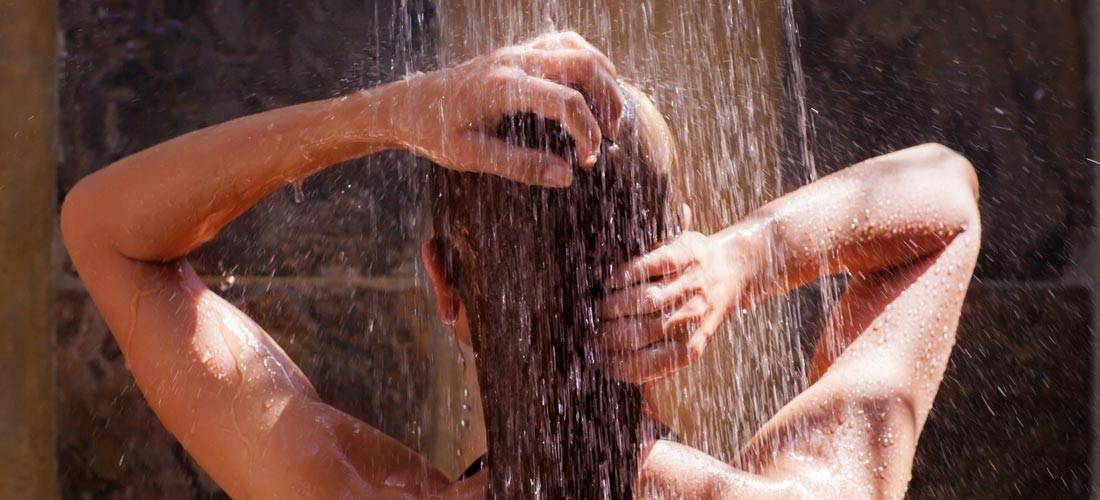Tankless water heaters are getting more and more popular for homeowners these days but the high cost of installation and operation can be a turnoff for some.
There are many types of water heating systems available but knowing which one is the right one for you really depends on your household needs and lifestyle. Whether you are building your new home or retrofitting an old house, you have to consider what kind of water heating system you’re going to use.

You might be wondering, are tankless water heaters a worthwhile investment?
What are the differences?
A traditional water heater continuously heats water in the tank, regardless of whether it is being used or not. A tankless water heater, or on-demand water heater, heats water when you need it only.
How does it work?
Tankless water heaters produce hot water almost instantly without the use of a storage tank. When a hot water tap is turned on, the cold water that travels through a pipe into the unit is heated up using either a gas burner or an electric element. As a result, you don't need to wait for a storage tank to fill up with enough hot water.
What are its benefits?
Tankless water heaters utilize high-powered heating elements to heat running water very quickly as it enters and leaves the unit. While it may take a while for traditional tank water heaters to sufficiently heat a substantial quantity of water, tankless water heaters are eliminates this problem by producing hot water almost instantly.
Is the initial cost worth it?
 Tankless water heaters cost up to three times more expensive than traditional water heaters to install. With that much money upfront, many people might hesitate on choosing this type of water heating system at home.
Tankless water heaters cost up to three times more expensive than traditional water heaters to install. With that much money upfront, many people might hesitate on choosing this type of water heating system at home.
However, a tankless water heater can save you money on your energy and heating bills. Using it can account for 20% decrease on your water heating bill, which in turn can contribute to up to 30% reduction of your utility bill. Though the system won’t pay itself off overnight, it is still a very good option if you are looking for a long term investment.
What are the considerations before installation?
There are tankless water heaters that can provide hot water for a specific room or for the whole house. You have to determine the number of your appliances and fixtures that will need hot water so you can choose a size unit appropriate for your home.
Tankless water heaters can be run using an electric element or by gas (natural and propane). Electric units are much cheaper to install for most situations, can be installed just about anywhere, and doesn’t need vents. It is cheaper to operate than propane and electricity costs are more stable. The gas version is more expensive and more difficult to install because of the venting requirement and has to undergo annual maintenance.
The part of the country where you reside can affect the speed and flow of hot water from your tankless system. Homes in the north have much colder ground water than those in the southern or western part of the country.
Consider the GPM (gallons-per-minute) rate of your tankless water heater in order to meet your overall hot water needs. Tankless systems can provide 3 to 8 GPM depending on the season of the year.
Look into incentives and rebates offered by utility companies because you may qualify for state tax credits because of your tankless water heater.
How much hot water does each appliance/fixture use?
- Kitchen sink: 1.5 GPM
- Dishwasher: 1.5 GPM
- Shower: 2.5-3.0 GPM
- Tub: 4.0 GPM
- Washing Machine: 2.0 GPM
How to maximize its function and efficiency
The flow rate of a tankless water heater's output is limited. It cannot supply enough hot water for simultaneous, multiple uses in large households.
To overcome this problem, you have to consider which activities (taking a shower, using the sink, washing clothes) can be done at the same time. Or, you can install separate tankless systems for each room that uses hot water most frequently.













Write a Comment